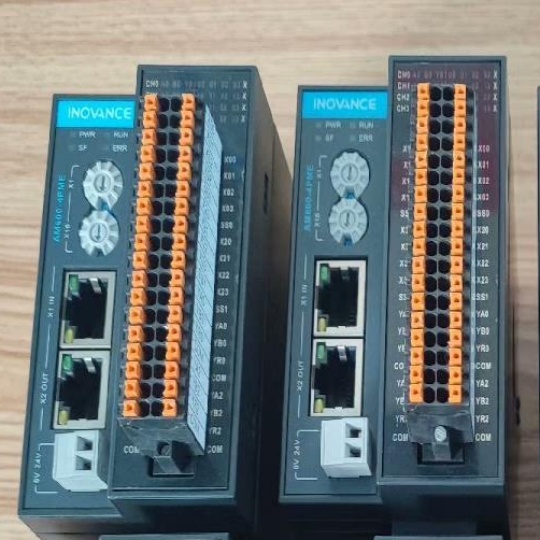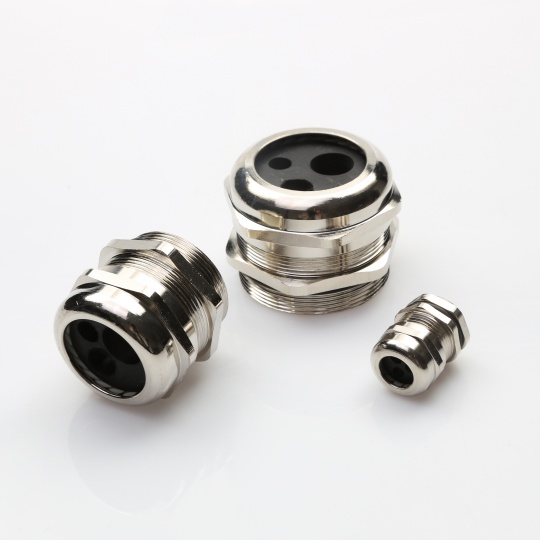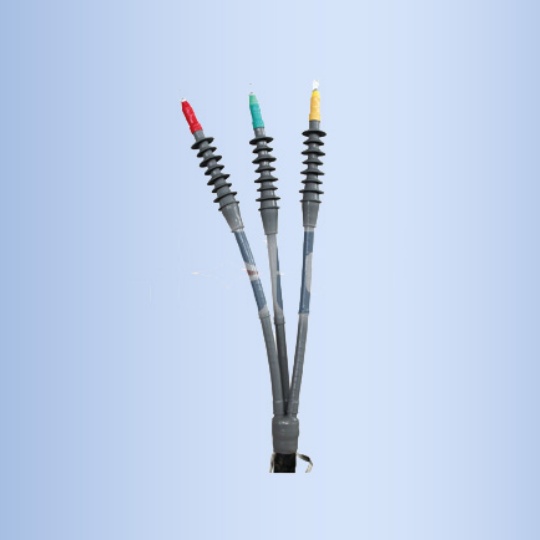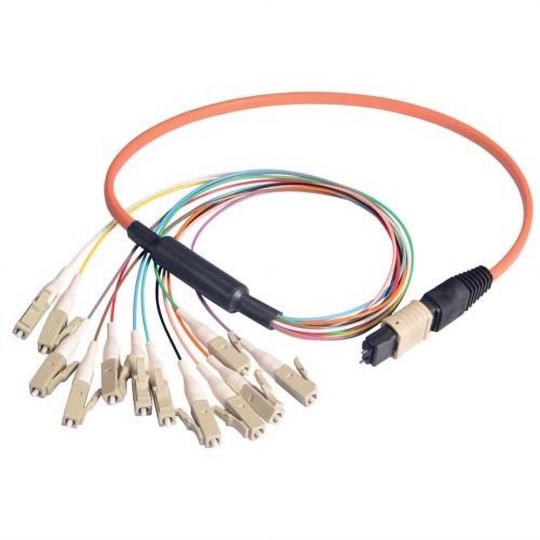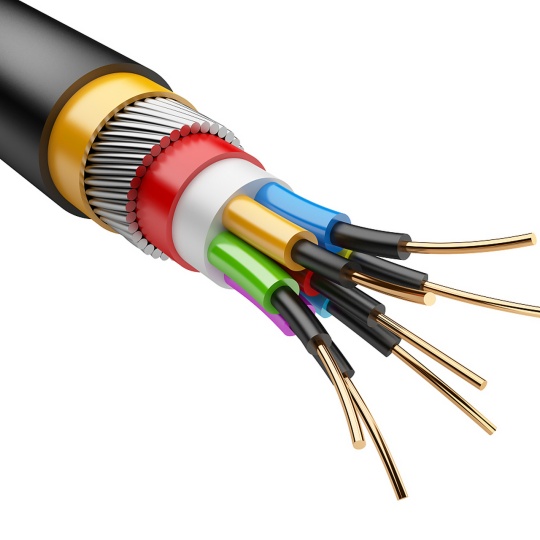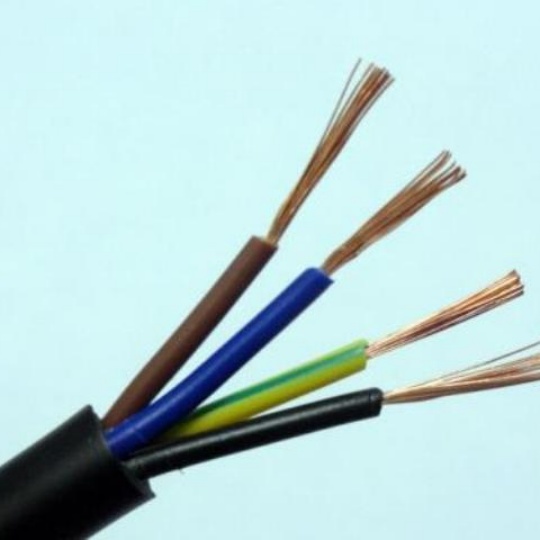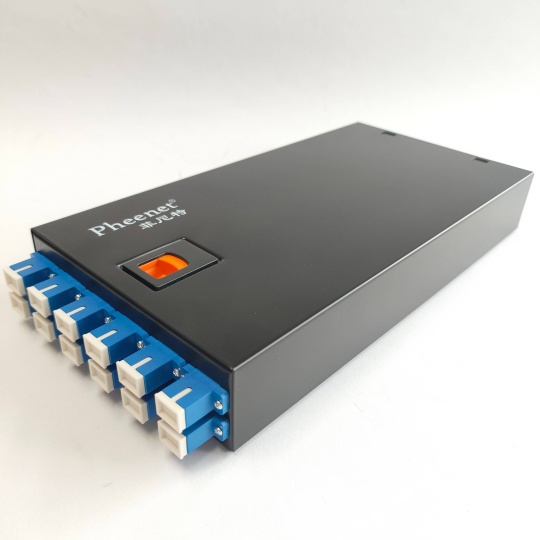What are the Main Types of Industrial Cable Available in the Market?
In modern industrial settings, cables play a crucial role in powering equipment, transmitting signals, and enabling communication. The right choice of industrial cable is essential for ensuring the efficient and reliable operation of industrial systems. Here are the main types of industrial cables available in the market:
Power Cables
Power cables are designed to transmit electrical power from the source to various industrial equipment. They are available in different voltage ratings, ranging from low voltage (up to 1 kV) for general power distribution within a facility to high voltage (above 110 kV) for long – distance power transmission in substations and large – scale industrial applications.
Structure and Materials
Power cables typically consist of one or more conductors, usually made of copper or aluminum due to their excellent electrical conductivity. The conductors are surrounded by an insulating layer, such as cross – linked polyethylene (XLPE), which provides electrical insulation and helps prevent electrical leakage. In some cases, a metallic armor, like steel wire or tape, is added for mechanical protection, and an outer sheath, often made of PVC (polyvinyl chloride) or other polymers, protects against environmental factors such as moisture, chemicals, and abrasion.
Applications
- In factories, power cables are used to supply electricity to large machinery, conveyor systems, and lighting fixtures.
- In the construction industry, they are used for temporary power supply during building projects.
- In the mining industry, power cables are deployed to power heavy – duty equipment operating in harsh underground or surface mining environments.
Control Cables
Control cables are used to transmit low – voltage signals and control commands between different components of an industrial control system. They are essential for the operation of automation systems, programmable logic controllers (PLCs), and other control devices.
Structure and Materials
Control cables usually have multiple conductors, which can range from a few to over a hundred in some complex applications. The conductors are often made of fine – stranded copper to provide flexibility. To minimize electromagnetic interference (EMI) and radio – frequency interference (RFI), many control cables are shielded. The shielding can be in the form of a metallic foil, a braided wire, or a combination of both. The insulation materials used are typically PVC or polyethylene, and the outer sheath is also made of durable polymers for protection.
Applications
- In manufacturing plants, control cables are used to connect sensors, actuators, and control panels in automated production lines.
- In the automotive industry, they are used in vehicle assembly plants to control robotic arms and other automated equipment.
- In the food and beverage industry, control cables are deployed in production and packaging machinery, where they need to meet hygiene and safety standards.
Instrumentation Cables
Instrumentation cables are designed to transmit low – level signals from sensors, meters, and other measuring devices to data acquisition systems or control units. They are crucial in industries where precise measurements and accurate signal transmission are required, such as the petrochemical, pharmaceutical, and manufacturing sectors.
Structure and Materials
Instrumentation cables often have small – diameter conductors, typically made of copper, to match the low – current and low – voltage requirements of instrumentation signals. They may have a special insulation material, such as fluoropolymers (e.g., FEP – fluorinated ethylene propylene), which offer excellent electrical properties over a wide temperature range. Like control cables, instrumentation cables are also shielded to protect against EMI and RFI, ensuring the integrity of the weak signals being transmitted.
Applications
- In oil refineries and chemical plants, instrumentation cables are used to connect pressure sensors, temperature sensors, and flow meters to the distributed control system (DCS).
- In pharmaceutical manufacturing, they are used to transmit data from quality control instruments to the production management system.
- In research laboratories, instrumentation cables are used to connect scientific instruments to data loggers and computers for data collection and analysis.
Data and Communication Cables
In the era of the Industrial Internet of Things (IIoT), data and communication cables are essential for enabling the exchange of information between devices, systems, and networks in industrial environments.
Ethernet Cables
Ethernet cables, such as Cat5e, Cat6, and Cat6a, are widely used for local – area network (LAN) connections in industrial settings. They can support high – speed data transmission rates, with Cat6a cables capable of handling 10 Gbps speeds over longer distances. These cables have a twisted – pair construction, which helps reduce crosstalk and interference. The outer jacket of industrial – grade Ethernet cables is often more rugged than that of standard Ethernet cables, providing protection against harsh environmental conditions.
Fiber Optic Cables
Fiber optic cables are ideal for applications that require high – bandwidth, long – distance data transmission and are immune to electromagnetic interference. They use thin strands of glass or plastic fibers to transmit data in the form of light signals. Fiber optic cables are available in single – mode and multi – mode varieties. Single – mode fiber is typically used for long – haul applications, while multi – mode fiber is suitable for shorter distances within a facility. In industrial environments, fiber optic cables are often armored or protected with a rugged outer sheath to withstand mechanical stress and environmental factors.
Applications
- Ethernet cables are used to connect computers, servers, and network – enabled devices in industrial control rooms and office areas.
- Fiber optic cables are used for high – speed data transfer between different sections of a large industrial complex, such as between a central control center and remote production areas. They are also used in applications where electromagnetic interference is a significant concern, such as in power plants and metal – processing facilities.
Specialty Cables
Specialty cables are designed to meet specific requirements in industrial applications where standard cables may not be suitable.
Fire – Resistant and Fire – Retardant Cables
Fire – resistant cables are designed to maintain their electrical integrity for a certain period when exposed to fire, ensuring that critical systems continue to operate. They often have a special construction, such as a mica – tape insulation layer, which can withstand high temperatures. Fire – retardant cables, on the other hand, are designed to self – extinguish when the source of ignition is removed, reducing the spread of fire. These cables are used in applications where fire safety is a top priority, such as in tunnels, subways, and power plants.
High – Temperature Cables
High – temperature cables are engineered to operate in environments with elevated temperatures. They use insulation and jacket materials that can withstand temperatures ranging from 150°C to over 500°C, depending on the type of cable. Some common materials used for high – temperature cables include silicone rubber, fluoropolymers, and ceramic – based insulations. These cables are used in industries such as steel manufacturing, glass production, and in furnaces and ovens.
Flexible and Drag – Chain Cables
Flexible and drag – chain cables are designed for applications where the cable needs to bend repeatedly without failure. They are commonly used in automated machinery, such as robotic arms, conveyor systems, and machine tools. These cables have a special construction, with conductors made of highly flexible materials and a flexible outer sheath. Drag – chain cables, in particular, are designed to be used in drag – chain systems, which protect the cable while allowing it to move freely in multiple directions.
Corrosion – Resistant Cables
Corrosion – resistant cables are used in environments where the cable is exposed to chemicals, moisture, or salt – laden air. They often have a special outer sheath made of materials such as fluoropolymers or stainless – steel armor, which can resist corrosion. These cables are used in industries such as the marine industry, chemical processing plants, and wastewater treatment facilities.
When choosing an industrial cable, it is important to consider factors such as the application requirements (e.g., voltage, current, signal type), environmental conditions (e.g., temperature, humidity, chemical exposure), mechanical stress, and budget. By understanding the different types of industrial cables available in the market, you can make an informed decision and select the cable that best suits your industrial needs.


